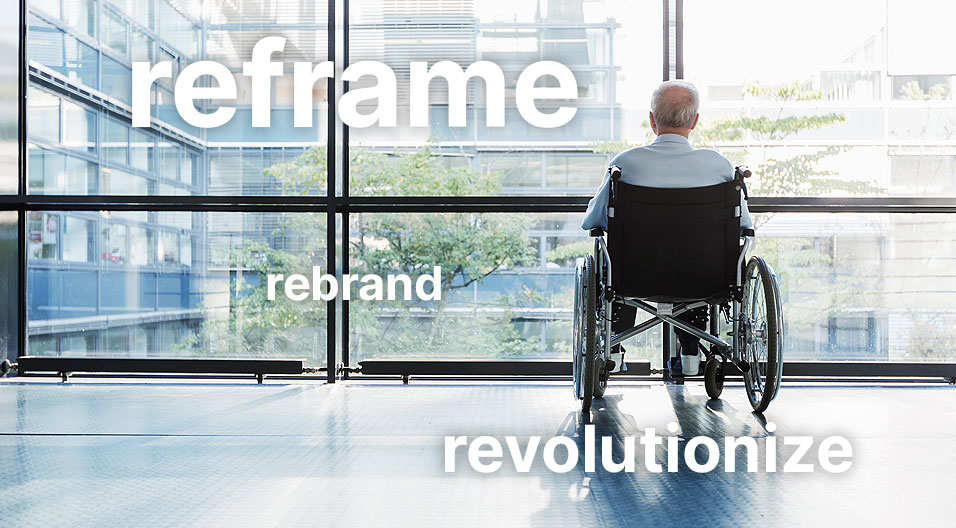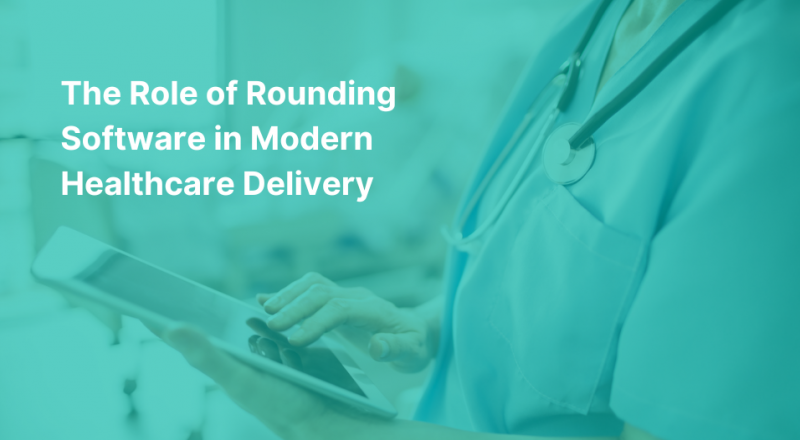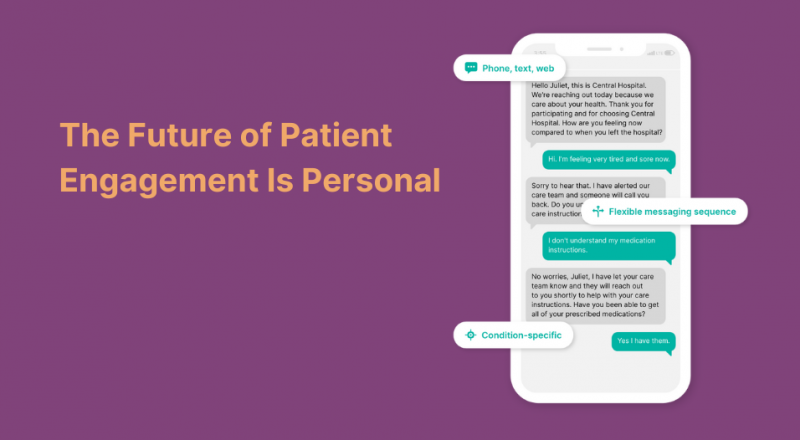by Jeff Fuller
A healthcare revolution is around the corner. Maybe this seems like an overly grandiose observation, but as I spent some time at the HIMSS22 Global Conference last week, meeting with colleagues, discussing healthcare challenges with partners, and digging into the priorities and value propositions of all sorts of stakeholders in our industry, there wasn’t a soul I interacted with that would disagree with me. So what does a healthcare revolution look like? Albert Einstein once noted that “the kind of thinking that will solve the world’s problems will be of a different order to the kind of thinking that created those problems in the first place.” This ability Einstein describes is how he approached his work, which led to an entirely new worldview of physics that has reshaped how we think and what we know about the cosmos today. Linear thinking or constrained ideation (typically referred to as inside the box) is not effective in leading revolutionary change, and must be avoided to come out of this moment in our industry better than we were before. We need to approach opportunities for improvement in healthcare services with a view that is intensely aware of the interconnected relationships in the processes and workflows that drive value for patients and solves real problems (despite the constraints placed on us from misaligned economics, unsettled and experimental operating models, and equitable and affordable access to the healthcare everyone needs).
What Healthcare Can Learn from Other Industries
So where should we look for inspiration to respond to this revolution in the healthcare industry? I have spent the last twelve years focusing on ideal methods for maturing analytics capabilities in healthcare delivery organizations, and along the way have encountered many well-intended strategies faced with difficulty or false starts when attempting adoption. It wasn’t until I started learning about other industries that faced rapid and complex change and came out better than before, that I began to realize that traditional approaches to change and disruption as a healthcare provider will not be successfully adopted.
One aspect that has shown to be consistently present in organizations of other industries that have successfully navigated disruption is to set up a version of the concept known as a “dual operating system.” In his book XLR8, John Kotter describes how convergence is needed to adapt to transformational changes, while allowing organizations to capitalize on rapid-fire strategic challenges and still meet fundamental needs. In short, the approach of a dual operating system with an accelerator plan bypasses the typical hurdles and processes in place to support the core business and creates a separate path towards transformation.
Like most of the industries before us who have been disrupted, healthcare providers must now think about their competition and value drivers in a much different way. We cannot add incremental solutions to existing problems, we need to reframe, rebrand, and revolutionize how we design solutions that matter to the health needs of our consumers.
Unscaling the Healthcare Industry
Unscale is a term originated from a concept in tech startups that observed that the industrial revolution perspective that led to economies of scale as a winning strategy are being turned upside down by technology and startups. To unscale a hospital means to micro segment patients to get them to the right and most convenient level of care or else disruptive healthcare companies such as ChenMed, OneMedical, Iora, etc will grab your primary/on demand care market share.
Let’s look at the hotel industry. It took Hilton hotels more than 100 years to amass a million hotel rooms. Through an asset lite disruption model (similar to the rideshare industry), AirBnB came in and accomplished the same in under 4 years. In the healthcare sector, we can’t rely on incremental solutions to improve our economic position as an industry, we must reframe how we think about our customers and know what they need and want and develop fit-for-purpose innovations to solve those needs. Creating loyalty by connecting people to their health in the time, modality, and location they prefer is a shift from supply side to demand side thinking, and will reframe how we think about what successful patient engagement looks like.
Change is hard, especially in our busy healthcare industry when we are operating with and reacting to the information and problems that are right in front of us. The change that is necessary for us to thrive in the new normal requires us to not simply turbo charge an existing process, but to transform our perspective, ask the people around us what they need, and reimagine how we might get there together.









